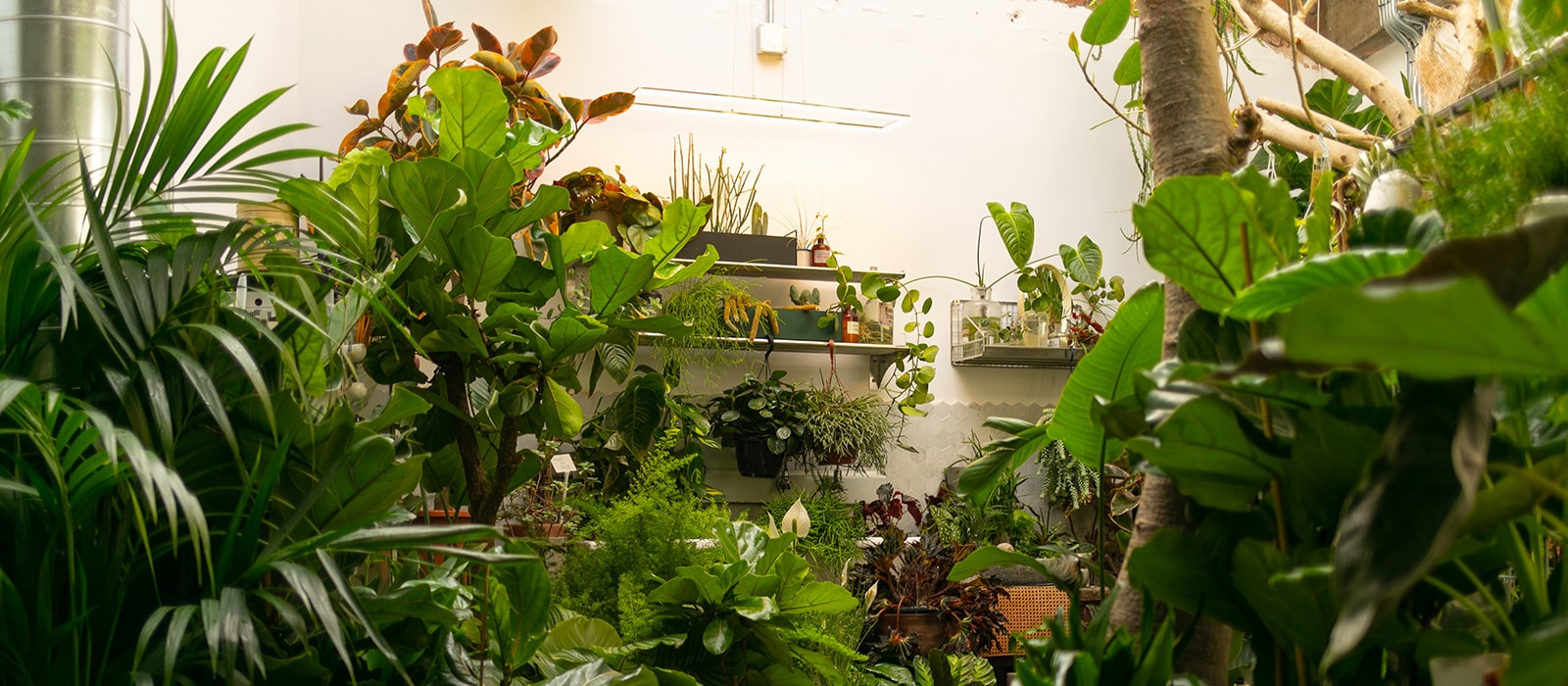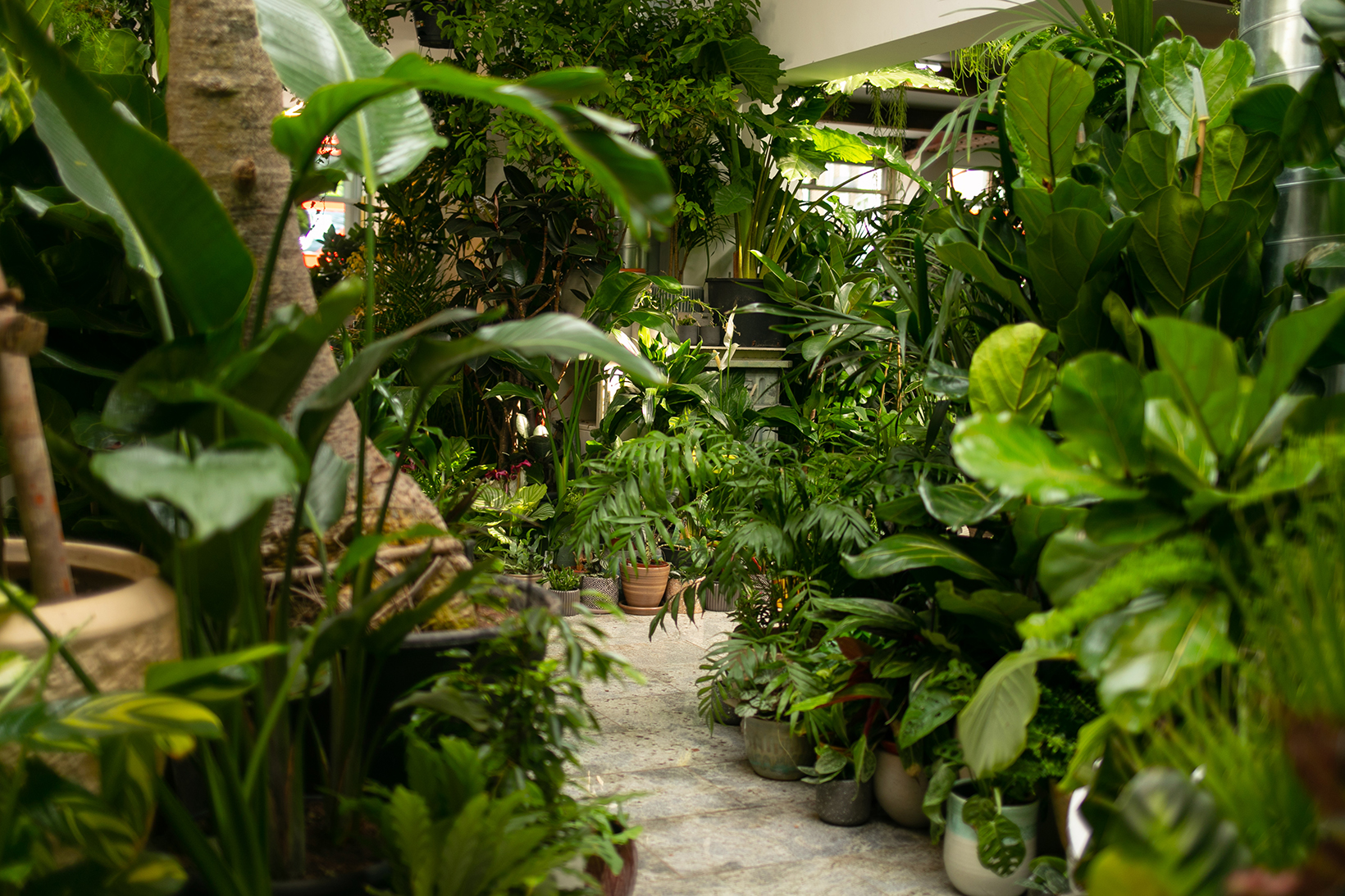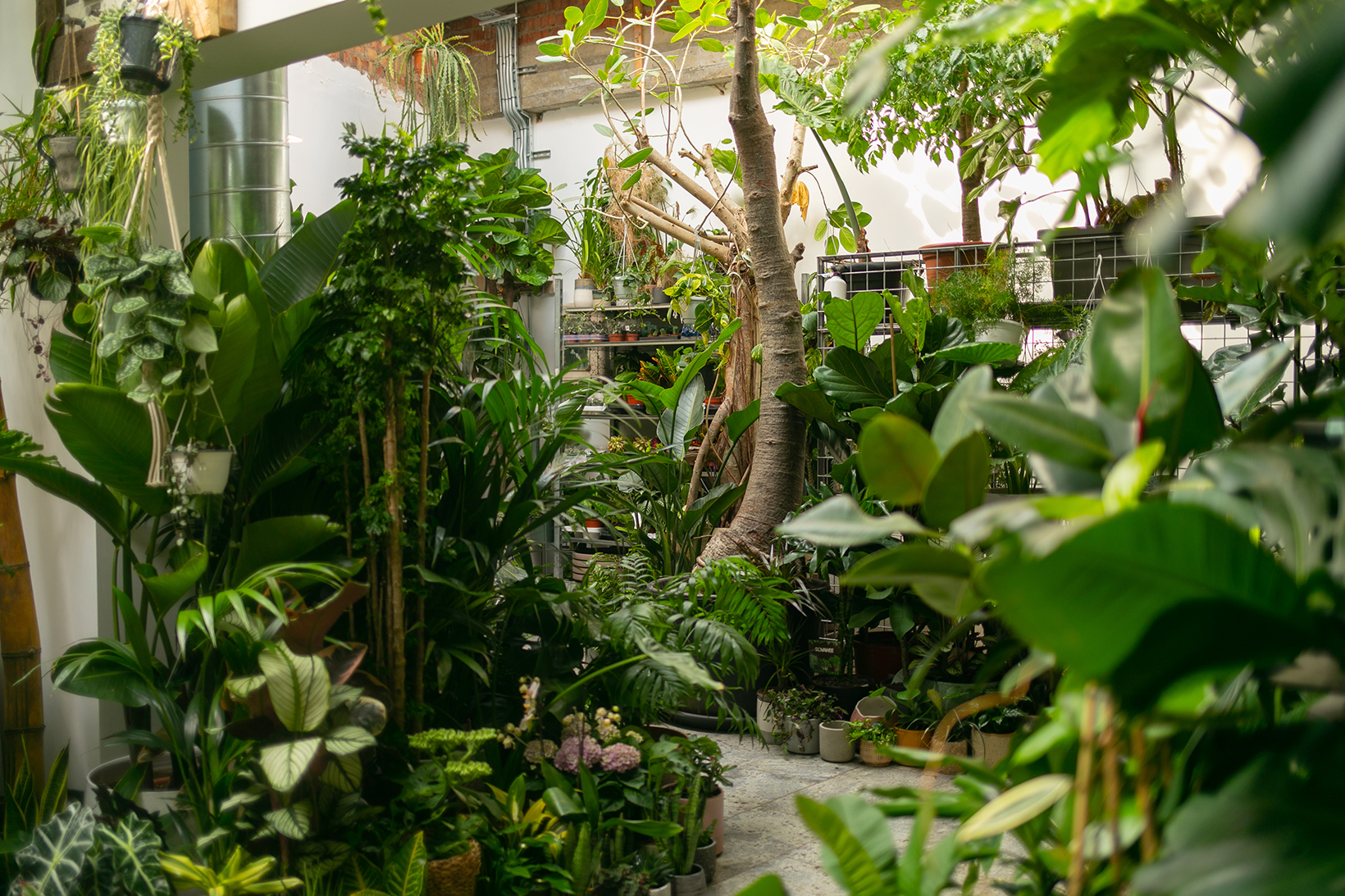

There’s no doubting the success of houseplants as Instagram content. Recent years have seen a rising popularity of plants, cacti and succulents, all of which hit the sweet spot of being both good for the ‘gram and good for yourself. As plants have established themselves as a ubiquitous presence for a new generation, greenery has become subject to ever-changing trends (who can forget 2018’s year of the Monstera?) and a rising wave of influencers (or, according to The New York Times, “plantfluencers”).
Unlike other interior design additions, plants have a tendency to die. Houseplants are susceptible to a whole range of potential issues — from over or underwatering to leaf-based diseases — which could spell an end to your air purifying Instagram backdrop. As more and more people are coming into the realities of caring for their own indoor jungle, conflicting advice, whether it’s from Google or plant sellers, makes it difficult to understand what you need to do. With that in mind, we caught up with three plant experts to find out why your plants keep dying and what you can do to save them.

According to Frances Fay, who runs the PlantSOS section at London’s Conservatory Archives, the most common issue from houseplant owners relates to watering. “It’s not underwatering, that’s not a very common mistake, but overwatering,” she explains. “It’s about getting people to understand what their plants need. It’s also checking the soil. Your house may be very cold or really hot or very suny, and all of those things are going to affect the watering. Every environment and every plant is different. It has to be down to you to make sure you check when it needs water, when the soil has dried out.”
Fay’s key fix for keeping your houseplants alive might sound obvious, but it’s one that a lot of people don’t act on. “Look at the plant, be engaged with it,” she adds. “People come in and say ‘I’ve set my alarm every 10 days to water it.’ But it might not need any water, you might have planted it in the wrong pot with no drainage holes.” For Fay, people are too reliant on the tips they read online rather than trusting themselves. “I think people do a lot of research, but what’s online is often very general. Often they’ll talk about plants that are in perfect environments, which we don’t have. It’s about applying that research to the plants that we have.”

Despite the common mistakes people make, Fay’s top tip for growing your houseplants is to not get disheartened. “Even the experts in the plant world have had hundreds and hundreds of plant deaths, I think that’s all part of it. It’s really hard to lose a plant, but let’s learn from that, let’s find out what went wrong rather than keep making the same mistakes.”
For Gynelle Leon, founder of PRICK, London’s first dedicated cacti shop, it would have been easy to give up considering her track record with plants. Instead, she turned her focus to cacti and succulents, drawn to them because “they were hardy enough to survive my neglect.” With this new passion, however, Leon found it difficult to expand her collection. “I wanted to grow my cactus collection but just couldn’t find any rare and unusual species in local garden centers,” Leon explains, “I was also really disappointed with the general poor health of the ones I found.” Spotting a gap in the market, and a chance to grow her collection, Leon founded PRICK.

Leon highlights some of the same issues as Fay — “placing them in positions with no light, placing succulents in pots with no drainage, treating all houseplants the same, when they all have different light, water and temperature needs” — cacti and succulents come with a range of special requirements. Listing the ways cacti care differs from houseplant care, Leon explains that “they need full sun exposure, the roots are very sensitive to rotting so they must have good draining soil and preferably a drainage hole in the pot, and cacti can go without watering during their dormant season (roughly October to March).”
“It’s really hard to lose a plant, but let’s learn from that, let’s find out what went wrong rather than keep making the same mistakes.”
Whether it’s houseplants or cacti, people are likely to approach things the wrong way around. “Often people find a plant that they like and struggle to find a place in their home that is a suitable environment for the houseplant to flourish,” Leon explains. “Choose a place in your home that you want to put a plant first, and then find a houseplant that matches the temperature, light levels and humidity of that place. Also, find out the name of the plant you are buying — or even just the group of plants it belongs to — and find out its care information.”
Alongside houseplants, cacti and succulents, another — and potentially more expert — group is bonsai trees. One place best served to cater to the bonsai tree market is New York-based Dandy Farmer, which began “through a need to share plants, especially trees, with friends in small apartments.” As Matthew Puntigam, founder of Dandy Farmer, explains, he was drawn to this speciality because “trees create their own microclimates, trees attract life, oxygenating and purifying their air,” while “bonsai is a living work of art that will keep evolving over time. It allows us to engage with it and gives us great responsibility towards its future success. Bonsai trees are representative of an enduring survivor of life’s storms.”

Puntigam is keen to note the importance of plant care, adding that “indoor environments are unnatural places for plants to grow, detached from the many inputs that they need from nature herself.” The common mistakes that people are making when it comes to this include “poor air circulation, choosing the wrong plant for the level of light and buying bargain (and bug infested) plants. Leaving plants in their plastic grow pots is a big no-no because they are left susceptible to temperature extremes and often come shipped in commercial soil mix. Learn how to repot properly and what goes into soil composition and drainage.”
“The better you get to know your plant, the stronger the connection you’ll make, until one day, mysteriously, you’ll just know when they’re feeling dandy or calling out for help.”
Discussing these pitfalls — and how to get past them — Puntigam draws a parallel. “Treat your plants as if they were a pet: name them, groom them, take off anything that is shedding, learn the watering schedule and read the weather,” he explains, “The better you get to know your plant, the stronger the connection you’ll make, until one day, mysteriously, you’ll just know when they’re feeling dandy or calling out for help.”
Below are 5 key tips from Conservatory Archives London’s Frances Fay that’ll help you keep your plants alive.





